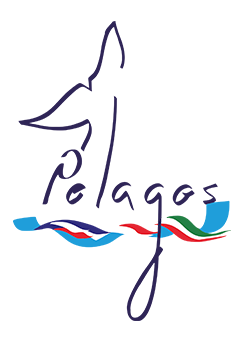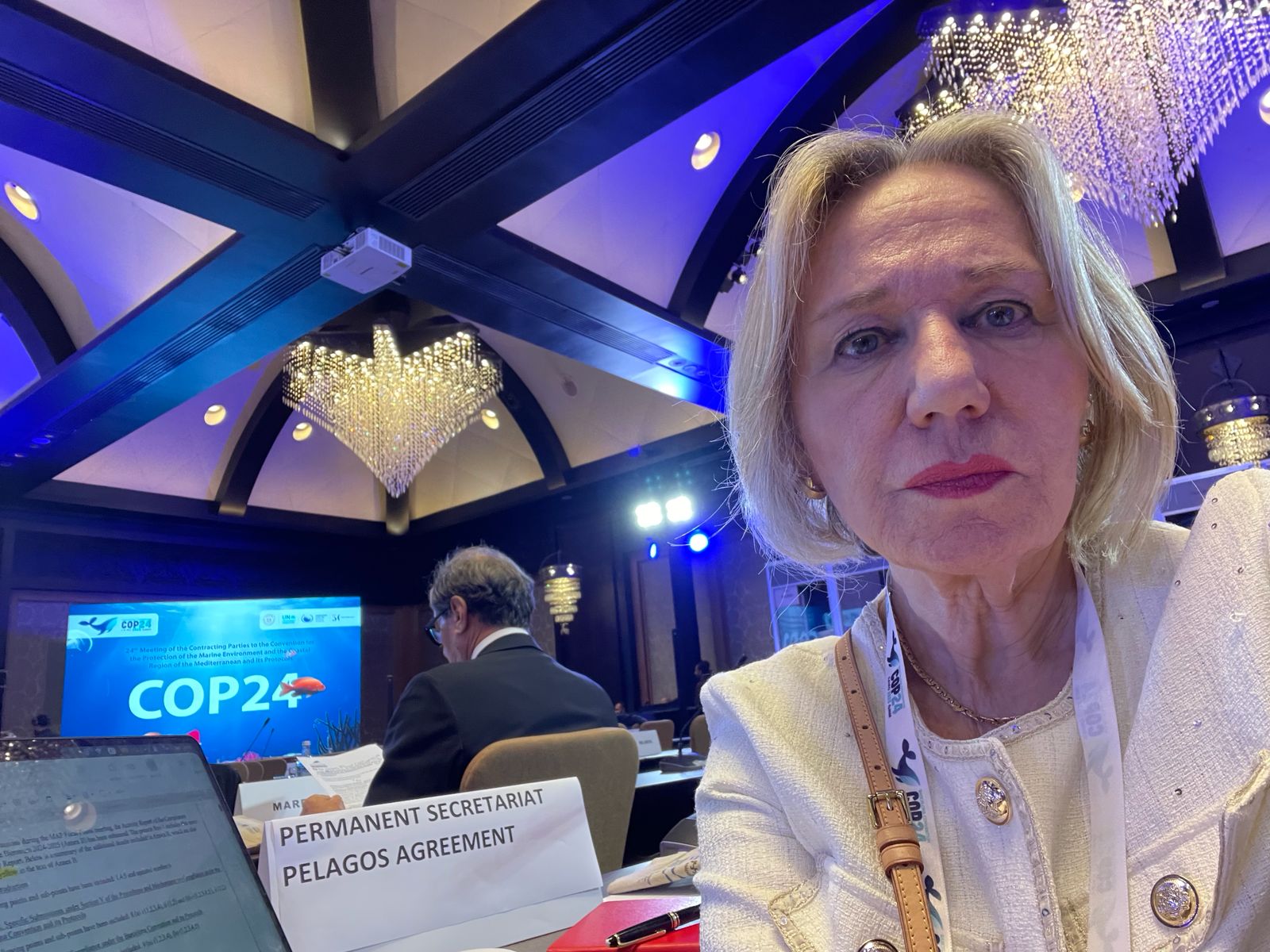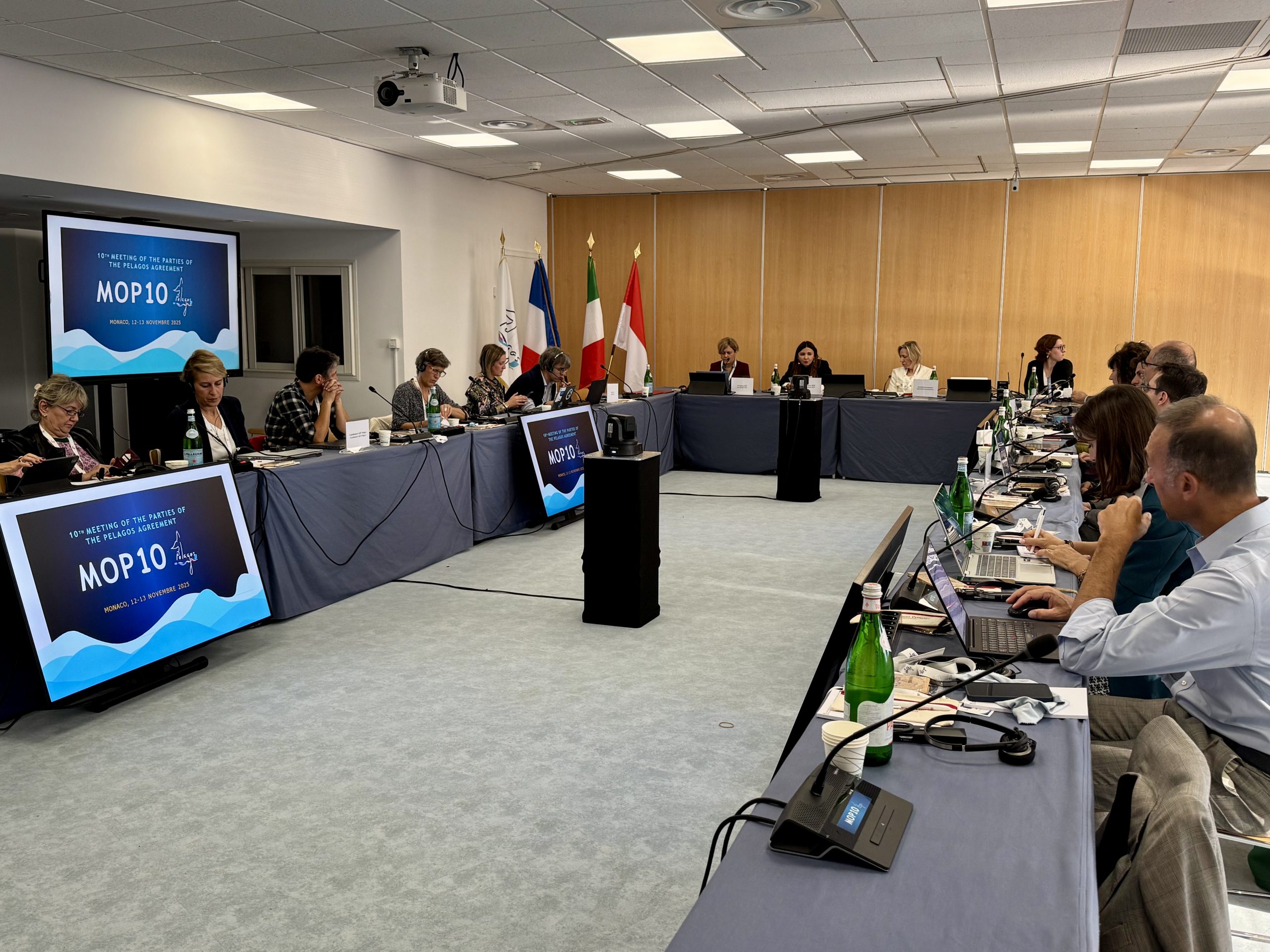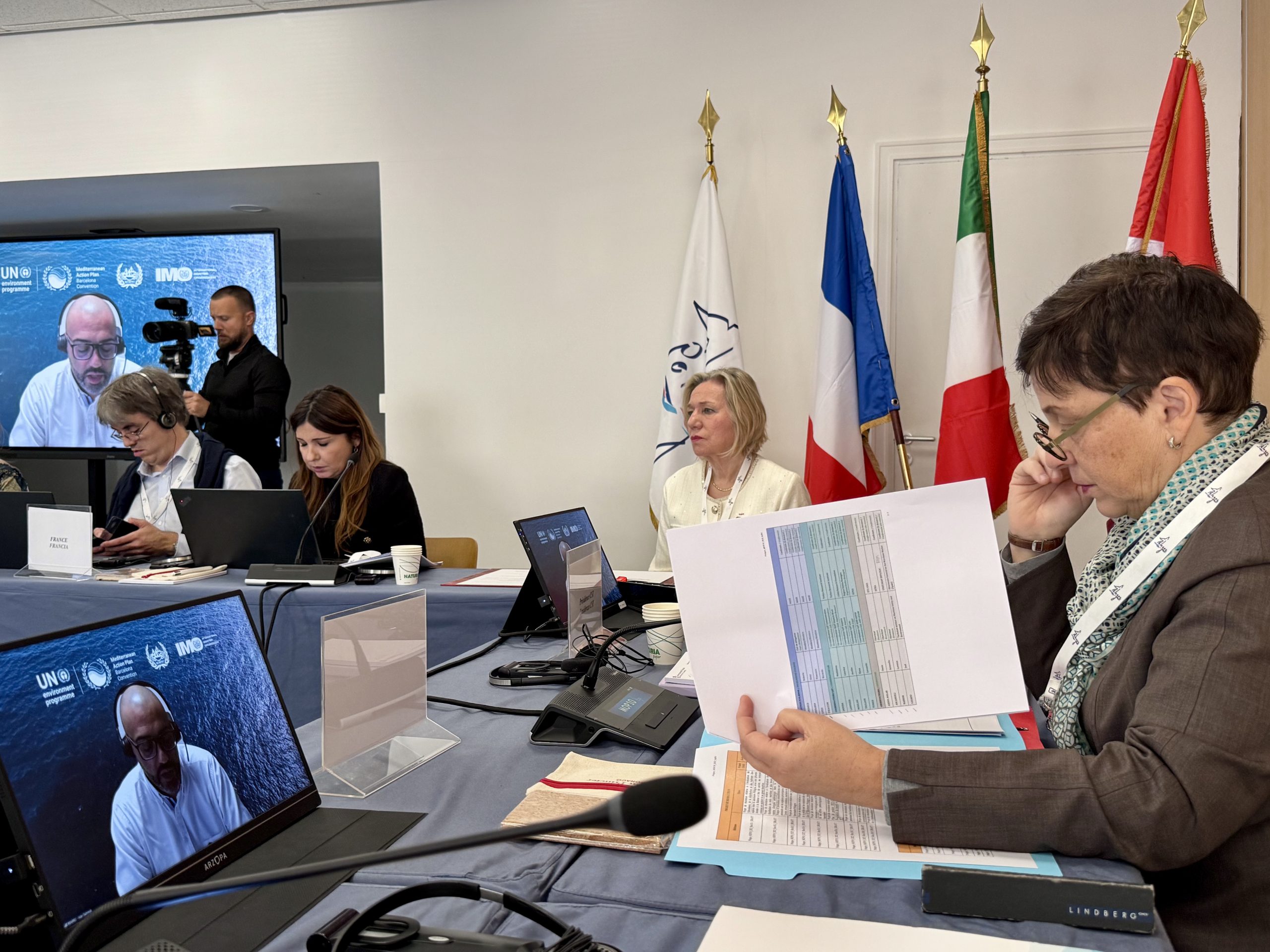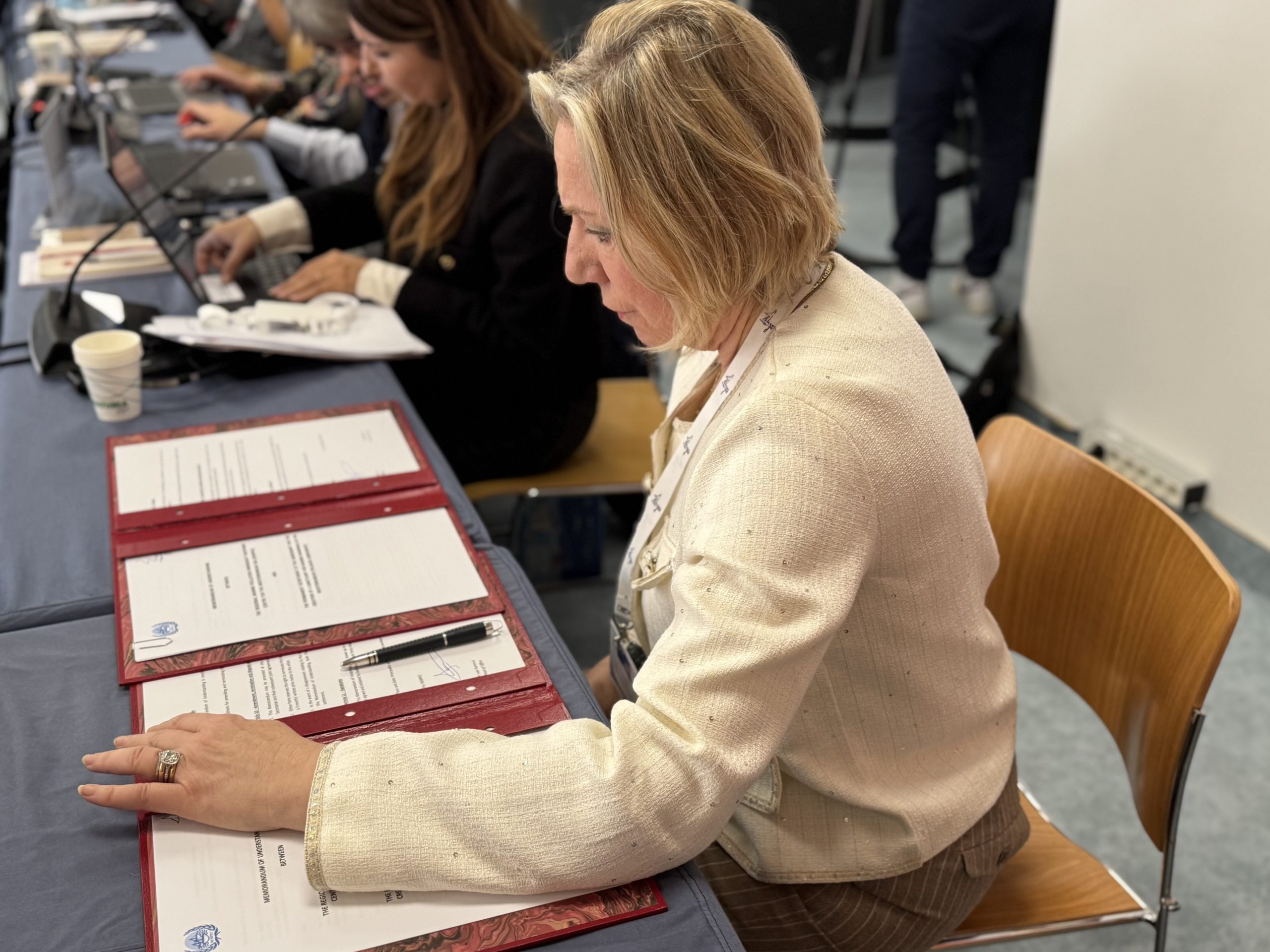Pelagos and the challenge of recreational boating: the next step in the French Riviera
Pelagos and the challenge of recreational boating: the next step in the French Riviera
The Pelagos Agreement continues its efforts to deepen knowledge of recreational boating traffic in ports and marinas throughout the Sanctuary. In addition to the work that has provided a cross-border overview, the project called “ToR4” marks an important milestone by applying the same analytical methodology to a smaller but strategic area: the French Department 06 – Alpes-Maritimes – and the waters of the Principality of Monaco. Here, along a coastal stretch with very high boating intensity and frequent cetacean presence, anthropogenic pressure reaches critical levels in the summer months, with navigation frequencies more than three times higher than in the low season. Entrusted to consultants Alexandre Gannier and Adrien Gannier, the study combines traffic assessment with the definition of operational guidelines to mitigate disturbance from recreational boating on marine mammal species in the Sanctuary.
The French Riviera represents a true “open-air laboratory” for studying interactions between boating and marine fauna: 32 marinas concentrated along less than 50 km of coastline, with around 12,000 berths in total. In summer months, at locations such as Cap d’Antibes, vessel flow can exceed one passage per minute at peak hours, with average speeds above 15 knots and peaks exceeding 25 knots. These conditions, combined with the regular presence of striped dolphins, bottlenose dolphins, and Risso’s dolphins, significantly increase the risk of collisions and acoustic disturbance — two of the main threats for coastal cetaceans.

Location of marinas in the Alpes-Maritimes and Monaco.
Direct effects of recreational boating on cetaceans
Among the most relevant direct impacts of recreational navigation on marine species:
- Collisions: cases of striped dolphin mortality, likely caused by impacts with small vessels, have been reported. Speed, particularly above 15 knots, is a key factor in increasing the risk.
- Behavioral disturbance: repeated and prolonged approaches may interrupt vital activities such as feeding, resting, and socializing, with high energetic costs for animals.
- Acoustic masking: medium-sized high-speed yachts produce noise levels that interfere with cetacean communication and echolocation.
- Opportunistic whale watching: failure to comply with minimum distances and the ACCOBAMS-Pelagos Code of Conduct increases disturbance risk, while compliance significantly reduces negative reactions.

A matrix of anthropogenic pressure sensitivities in French Riviera (mostly) inshore waters built from a holistic point of view, including literature review and author’s field experience.
From mapping to operational strategy
The study updated the inventory of marinas in Department 06, geolocating them and integrating them into a GIS system that also includes marine protected areas, Natura 2000 sites, no-anchoring zones, fishing reserves, and restricted-speed areas. The objective was not only to map infrastructure distribution but also to link it with ecologically sensitive zones, identifying overlaps between high-traffic density and regular cetacean presence.
The data collection, carried out through questionnaires sent to all 32 ports and marinas, achieved a 25% response rate — sufficient to reveal significant differences: some ports have waste oil and sewage collection systems, information points for boaters, and adherence to codes of conduct; others, especially in high-traffic areas, have not yet implemented structured mitigation measures. The analysis of navigation flows, based on previous monitoring and direct observations, confirmed traffic concentration between 9:00 and 12:00 and between 17:00 and 19:00, with density values that in summer can exceed 1,500 daily units in some coastal sectors.
Based on these data, the consultants developed operational guidelines tailored to the local context, which should include:
- Awareness campaigns targeting boaters and sailing schools, to promote compliance with minimum distances (100 m) and safe speeds in the presence of cetaceans;
- Speed limits of 10 knots in specific high-traffic zones, to reduce underwater noise and collision risk;
- Reinforcement of sea controls and coordinated patrols between maritime authorities and coast guard;
- Training programs for maritime authorities, to standardize sighting and intervention procedures in case of interactions with cetaceans.
These recommendations translate scientific evidence into concrete and immediately applicable measures, with the aim of mitigating the impact of recreational boating on the most sensitive species of the Sanctuary.
A model for the future
The value of the study lies not only in successfully completing a local analysis but also in creating a replicable model for other critical areas of the Sanctuary, demonstrating how research can translate into concrete action for the protection of cetaceans and marine ecosystems.
